The 2011 John Deere 2305 is a small tractor in a large body. Jokingly we even said that the styling makes the unit look like a full size tractor which shrunk in the dryer by mistake. This initial perception was dashed as soon as we jumped behind the wheel of this mini machine though. Besides, John Deere has been building this tractor virtually unchanged since 2006 so you know it’s onto something good with this package.
This smaller tractor, we mused during our test drive, would be great for people looking to conserve space. Its small size means it fits into tighter places on a property and stores in a normal size garage – no need for a larger storage area. Plus, keeping it out of the elements is a bonus.
One thing to note when storing or planning to trailer this unit is that the ROPS (roll over protection system) is fixed, unlike similar models in Deere’s line-up which offer folding bars. Remember to check your height clearance.
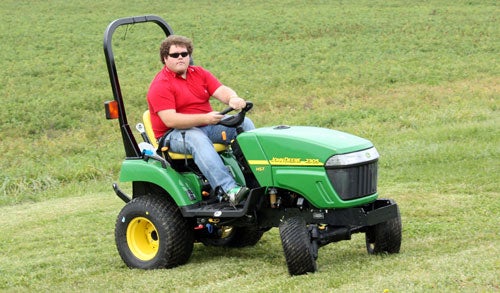 |
Don’t worry about the size affecting performance though. When you’re in those tighter spaces the 2305 still has the power to get your work done with tons of “big tractor” features.
Starting with the power we found a strong 24.1 hp three cylinder Yanmar motor under the hood. This motor, which can be powered by No.1 Diesel, No.2 Diesel, and B5 Biodiesel, provides all the same power from any of the immediately larger models in John Deere’s line-up. Large rubber mountings and isolators on the engine mounts make for less vibration and noise while the tractor is in use.
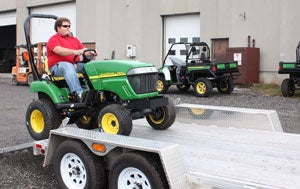
From the motor we get 41.7 ft-lbs of torque generated to push and pull any type of material you can dream up. During our test with the 2305 we put this power to work moving around some loose gravel.
The 200CX John Deere front-end loader attachment performed great with this task. The controls were smooth when operating the system and even though we were filling up the bucket the 2.9 gpm hydraulic power kept us working safely all day.
The seat on the 2305 was comfortable over long periods of time behind the wheel. Plenty of space around the seat also meant you could find a position which works best for you. One annoying thing in the cab area was the hydraulic control lever. We found that the placement of this control meant that your leg was almost constantly brushing against it.
The lever does have a lock on it to prevent unnecessary or accidental engagement of the hydraulics. This doesn’t negate the slight discomfort it caused us over the course of the day and the potential for damage to the lever and controls over time.
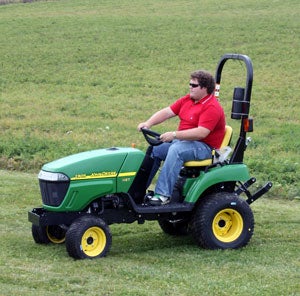
The other controls for the driver were excellent. All the gauges were well positioned and easy to read during operation.
You operate the drive system of the 2305 using John Deere’s Twin Touch two-pedal transmission system. This system allows the operator to instantly change the speed or direction of travel. Additionally, the pedals have been designed to follow the natural extending motion of a driver’s leg. This results in reduced fatigue over the course of a long day.
Those pedals engage the 2305’s Hydrostatic transmission. Smooth engagement during use was a real highlight on this transmission and made switching from forward to reverse quick while avoiding any “jumpy” starts.
The transmission puts power through the standard mechanical four-wheel drive system on the unit. This extra traction is most noticeable when pushing, pulling, or working on slippery ground. Taking it one step further you can lock up the differential on the spur gear final drive – giving you that little extra push to get the job done or the tractor unstuck.
Some of the other controls you find all around the operating station include the lever for operating the three-point hitch, transmission gear position selector, and PTO engagement switches. Having these controls close at hand really made the operation of the 2305 a one-man job.
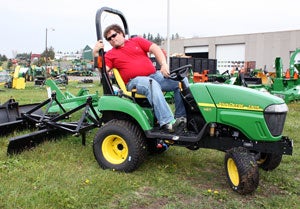
Keeping with that simplistic single operator idea, John Deere has made the unit compatible with the iMatch Quick Hitch system. This system makes hooking up to implements as easy as can be. Just back up to the tool, move the handle into position, lock the pins down (attach PTO if necessary), then just pick it up and go.
The category 1 three-point hitch on this tractor is rated to lift up to 681 lbs (24 inches behind link arms). This translates into some serious attachment compatibility for the operator. Some of the implements John Deere offers with this model include a four-foot rotary cutter, 54-inch blade, and a 260 backhoe.
Not only is the 2305 versatile in the rear – it’s got plenty of options for the middle and front as well. Under the deck mowing is one of the benefits of a smaller tractor which can still perform like a riding mower.
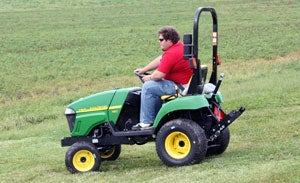
These various implements are powered from the machine’s rear- and mid-mounted PTOs, which have three selectable ranges. Both of these power points run free of any clutch assembly to maximize implement efficiency and keep you working with 18 hp at each take-off. This also saves the PTO drive system from any unnecessary wear with constant engagement and disengagement.
Hydraulic power steering is standard on the 2305 and makes constant manoeuvring less fatiguing for the operator. One thing we found which proved bothersome over long periods of time is the lack of Cruise-control on our test model. The cruise system is an option on this machine, but we’d suggest ordering yours with one. Unless you plan on running wide open in forward and reverse then holding your foot at any other position gets tiresome – unless you’re looking to work out your calves.
Working on and around some hills with the 54C mid-mounted mower gave us an interesting look at the stability of this tractor. It felt very comfortable working on the slopes. At no point did we feel like the unit might roll-over while we were on the hill. This feeling of confidence let us mow areas we might usually get the push mower out to complete.
Overall the 2305 fits into two imaginary categories; Lawn mower on steroids, or tiny tractor with a big heart. Either way you look at your machine we’re confident that it’s ready for whatever jobs you can dream up.
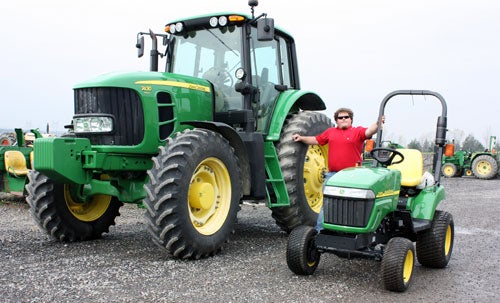 |
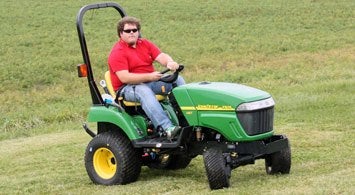
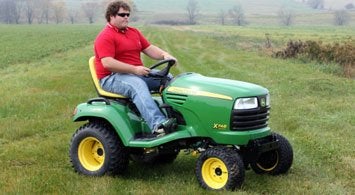
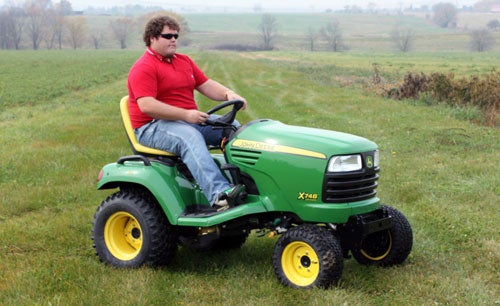
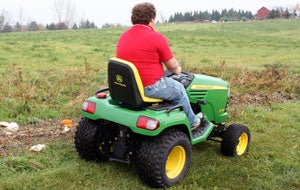
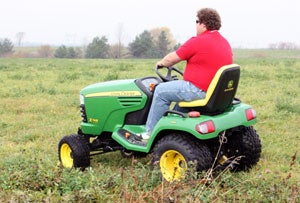
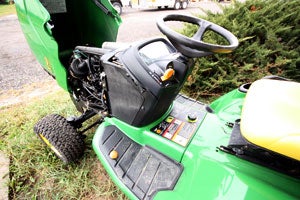
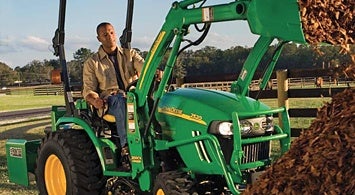
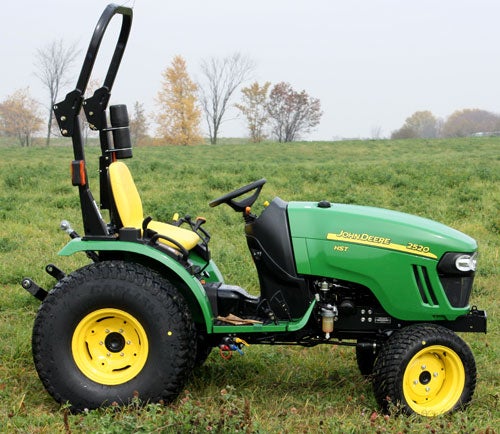
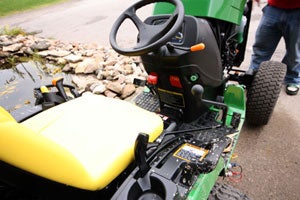
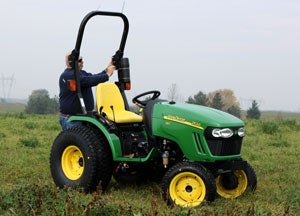
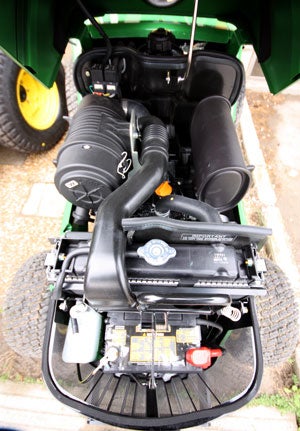
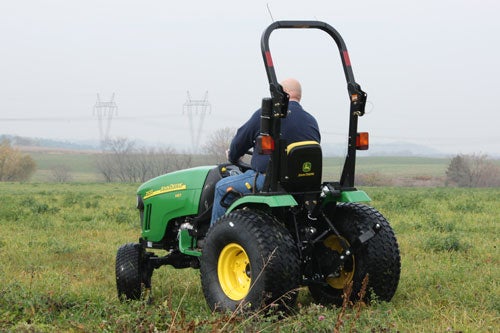
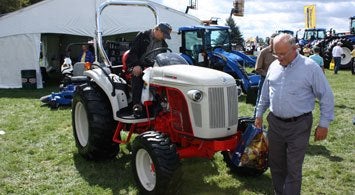
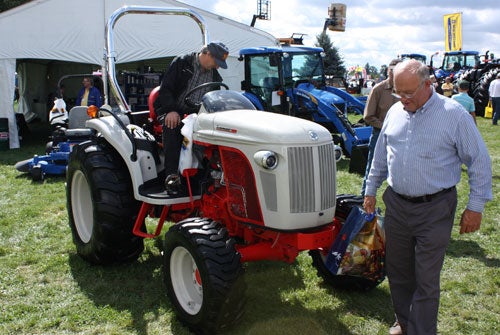
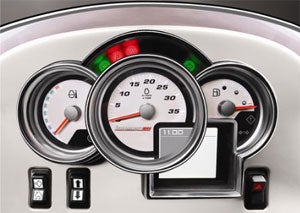
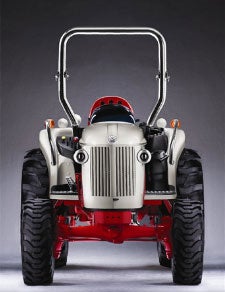
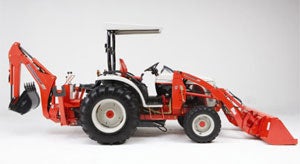
 Your Privacy Choices
Your Privacy Choices